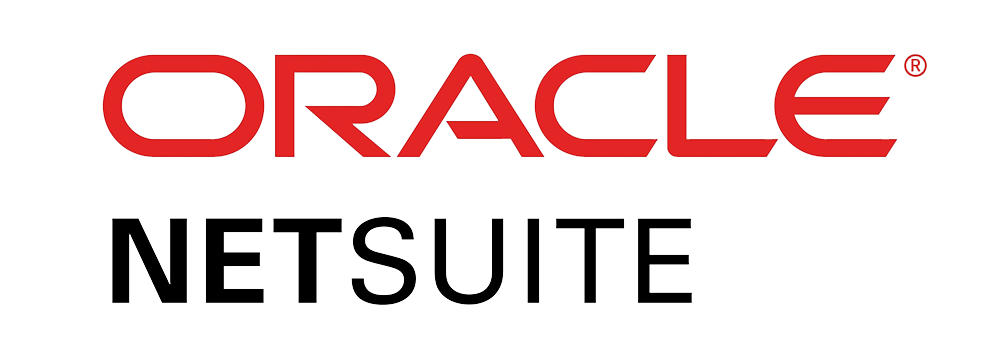The world of trucking is volatile in almost all sectors minus your management of it simply due to the fact that you have no control over almost all of its moving parts. You can’t control gas prices, traffic, or the weather, but you can control how you react to them by tracking your revenue with a profit and loss (P&L) statement. Keeping a watchful eye on a P&L statement accurately shows you how things, in and out of your control, are affecting your bottom line.
With an abundance of work to be done, profit is not a problem for a reputable trucking company or reliable trucker, but if your cash flow isn’t carefully monitored, you could be working yourself into a loss. Below we’ll outline some of the best ways to create a profit and loss statement for your trucking company, and why it’s a fundamental part of Bookkeeping for truckers.
How Does a Profit and Loss Statement Work?
Profit and loss statements for trucking companies work in tandem with a balance sheet to give you a by-the-numbers view of how your business is doing. The P&L reflects all of your business income and expenses, though some costs are not present on a P&L. Things that don’t appear on a P&L include loans, loan payments (excluding the interest), personal cash injections, or withdrawals, these items strictly show up on your balance sheet as the P&L is a living document that is updated regularly within reporting periods.
What Expenses Go on a Profit and Loss Statement
In an industry where so much of your income comes from your availability and readiness to be able to deal with a myriad of haul types or have the equipment needed for a niche job, there are a host of expenses that go on a P&L statement for a trucker or trucking company.
Here are some of the more common expenses that may appear on a profit and loss statement for a trucking company or trucker:
- Advertising
- Car/Truck
- Employee Benefits
- Fuel
- Insurance
- Maintenance & Repair
- Meals/Entertainment
- Office Expense
- Oil
- Payroll
- Payroll Tax (Employers Only)
- Scales
- Supplies
- Taxes & Licenses
- Technology (ELDs, GPS, Dash Cams, etc.)
- Tires
- Tolls
- Travel
- Unload
- Utilities
- Washouts
- Driver Advances (Employers Only)
What Is the Average Profit Margin for a Trucking Company?
According to Macro Trends, the average profit margin for trucking as of June 2022 is 4.24%, though at a closer look the range is between 2.5% and 6%. For a quick look at what your margins could be as an owner-operator, RigBooks has a useful trucking calculator/income estimation tool that breaks down your revenue per mile when you input your estimated workload, fixed costs, and variable costs.
How Do Trucking Companies Calculate Profit?
Calculating a profit is easy, but calculating a loss is where things can get tricky. Generally speaking, if your run rate expenses are greater than your income, you could be operating at a loss. Putting it in far more black-and-white terms, revenue – expense = profit.
Can I Do My Own Profit and Loss Statement?
Simply put, yes, you can create your own profit and loss statement for your trucking company, but regardless of if you’re good with numbers or not, this probably isn’t a job for Microsoft Excel. Your trucking accounting spreadsheet will do far more for you in something like QuickBooks or another tool that works well at bookkeeping for truckers, than in a spreadsheet with formulas. If numbers just aren’t your things, and you’re running a smaller operation, there are plenty of free apps that can help you out, or you can go the classic route of hiring an accountant.
Example of Profit and Loss Statement
| Revenue |
| Income |
| Expenses |
| Truck |
| Fuel |
| Insurance |
| Maintenance |
| Payroll |
| Tires |
| Scales |
| Misc |
| Permits |
| Total Expenses |
| Net Income |
| Revenue – Expenses = Net Income |
Understanding Basic Accounting For Trucking Companies
Even though we dove into the world of profit and loss in regards to the trucking industry, the terms we’ve used, and that you’ll come across again and again in your search for the best solution for truck driver bookkeeping.
Common Terms
The most well-known terms in the accounting sector that also appear in your everyday (or every month) life should all seem familiar, but as a refresher here are some common accounting terms you should know:
- Assets: The most obvious form of collateral, assets are owned property used to hopefully benefit the business one day.
- Liabilities: Liabilities are a form of expenses that a person or company owes and is paid over time.
- Equity: Refers to the percentage of ownership someone holds based on shares, ownership, or investment.
- Revenue and Gains: Gains financial outcomes produced through a company’s non-primary operations and production. While Revenue is income earned through provisions of a business’s primary service
- Expenses and Losses: Expenses are the cost of doing business, these are the costs that are needed to keep your business running.
Financial Statements
Unless you’re an accountant, a banker, an investor, or a seasoned business owner, these accounting terms may not be as readily apparent, but they are just as important as the terms above, if not more so because they give you a macro view of your business, your ownership, debt, and run rate.
- Balance Sheet: A balance sheet shows a company’s assets, liabilities, and trading/equity values in reference to specific times, generally bi-annually, or in quarters.
- Income Statement: An income statement reports how profitable a company is in reference to specific time periods, generally quarters.
- Cash Flow Statement: A cash flow statement includes all of the aggregated information of cash coming into a company from its business dealings and any outside investments. This is the easiest way to see all the money coming into your business.
Work To Win Business, Not To Lose Money
Now that you know why you need a profit and loss statement for a trucking company, and how to use it, get ready to optimize your business based on your findings. Using your P&L can tell you far more than just how your business is running, but what costs should be raising alarm when comparing your numbers to local or national trends. Bookkeeping for truckers doesn’t have to be a nightmare if you have the right tools to make sure your business is running smoothly and not into the ground.


